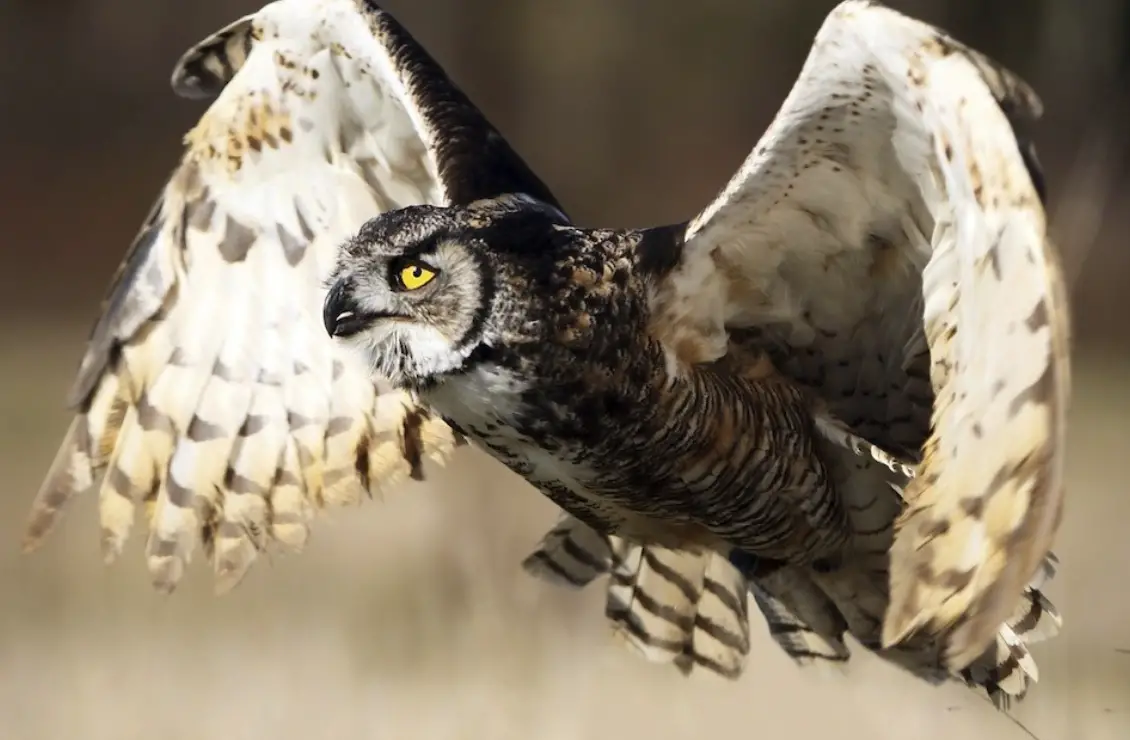We’ll provide facts and photographs of the most frequent owls in New Mexico. The information was acquired from trusted sources and double-checked with an ornithologist.
There are many different types of owls that can be found in New Mexico. Some, like the great horned owl, are common throughout the state. Others, like the Mexican, spotted owl and the elf owl, are more rare and only found in certain areas. In this blog post, we will discuss the different types of owls that can be found in New Mexico, as well as their habits and habitats.
Most Common Owls Of New Mexico
Great Horned Owl

Great Horned Owl Scientific Name: Bubo virginianus
The Great Horned Owls are the most common owls in New Mexico. They are found in a variety of habitats, from forests to deserts. Great Horned Owls have many adaptations that make them successful hunters. They have large eyes and acute hearing, which allows them to see and hear prey at night. They also have powerful talons and beaks that they use to kill and eat their prey.
Great Horned Owls are mostly nocturnal, meaning they are active at night. However, you may see them hunting during the day if there is not enough light at night. These owls mate for life and usually have one to three offspring per year. The female owl is responsible for incubating the eggs and raising the young.
Great Horned Owls are one of the most adaptable owl species in New Mexico. They can live in a variety of habitats, from forests to deserts. They are also able to survive in areas that have been impacted by humans, such as towns and cities.

Long-eared Owls
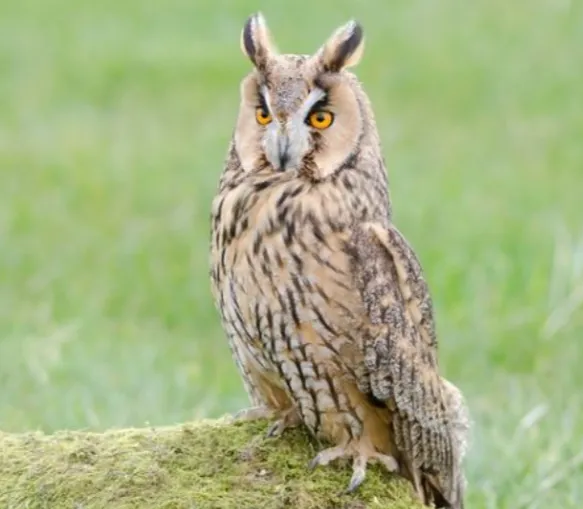
Long-eared Owls are nocturnal predators, hunting for small mammals such as mice and voles in woods and forests. They have superb hearing, which they use to locate their prey by sound. Long-eared Owls are relatively silent birds, but when they do vocalize it is often a repetitive series of hoots that sounds like “toc-toc-toc.” These owls are found in North and South America, Europe, and Asia.
In North America, Long-eared Owls breed in the northern United States and southern Canada. They typically nest in abandoned hawk or crow nests, or in cavities in trees. These owls are highly migratory and spend the winters in southern Canada, the United States, and Mexico.
Long-eared Owls are medium-sized owls, with males being slightly larger than females. They have long ear tufts that give them their name and yellow eyes. Their plumage is brown with white spots, providing excellent camouflage when they are roosting during the day. Long-eared Owls are active year-round and can be seen hunting at all times of the day and night.
These owls have a diet that consists mainly of small mammals, but they will also eat birds, reptiles, and insects. They typically hunt by sitting in an elevated perch.

Flammulated Owl
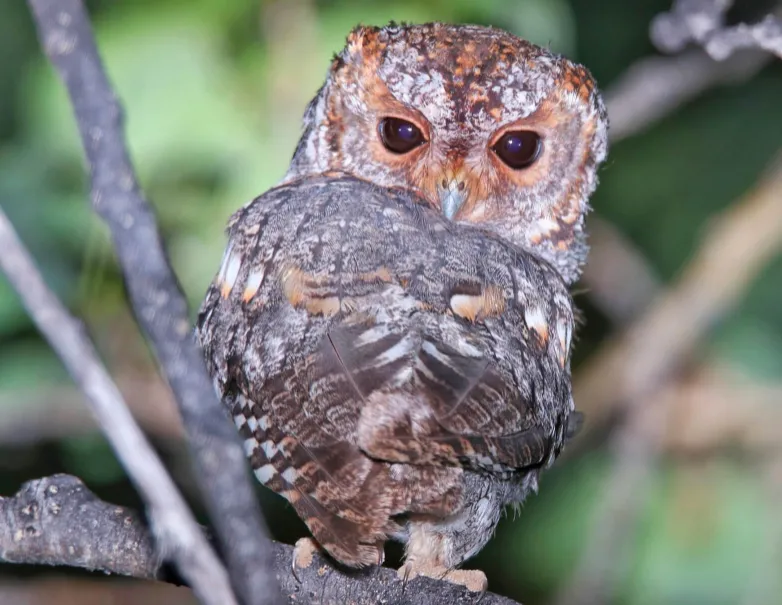
The Flammulated Owl is a small, stocky owl found in western North America. They are the smallest owls in New Mexico and have round heads, big eyes, and short beaks.
They are mostly brown with streaks of white and gray, and they have two white stripes on their head. These owls live in forests near open areas, and they eat insects, small mammals, and birds. They are nocturnal hunters and use their sharp claws and beaks to kill their prey.
Flammulated Owls are solitary birds that mate for life. The female owl lays two to four eggs in a nest made of sticks, leaves, and grass. The male owl helps to incubate the eggs, and both parents help to care for the young owls. Flammulated Owls are considered threatened in Canada and endangered in the United States.
They are important predators of insects and other small animals, and their loss could have a serious impact on forest ecosystems.

Northern Saw Whet Owl
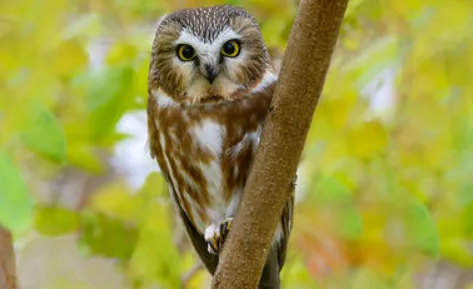
The Northern Saw Whet Owl is the smallest owl in New Mexico. They are around seven inches tall and have a wingspan of about sixteen inches. They are brown with white spots on their head and chest. These owls are nocturnal, meaning they are active at night. They eat small rodents, insects, and other birds. They are very quiet birds and can be hard to see during the day. You can often find them perched in a tree, looking for prey. Northern Saw Whet Owls are found in forests and wooded areas across New Mexico. They are migratory birds and spend winter in Central America and Mexico.
Northern Saw Whet Owls are fascinating birds to watch and learn about. If you are ever lucky enough to see one, take the time to enjoy the experience. These owls are an important part of our ecosystem and play a vital role in keeping populations of other animals in check.

Western Screech-Owl
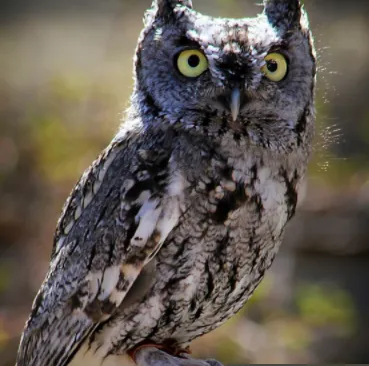
The Western Screech-Owl is a small owl. Adults are about nine inches tall and have a wingspan of about two feet. They are grayish-brown with white spots on their chest and belly. Their eyes are yellow and they have tufts of feathers on their head that look like ears.
Screech-owls are found in woodlands, deserts, and urban areas throughout the western United States and Mexico. They nest in cavities in trees or cacti. Screech-owls eat insects, mice, and other small animals.
If you live in the Western Screech-Owl’s range, you might be lucky enough to see this owl up close. They are active mostly at night, but you might see them perched on a tree branch during the day. If you hear a loud screeching noise, that’s probably a Western Screech-Owl!

Whiskered Screech-Owl
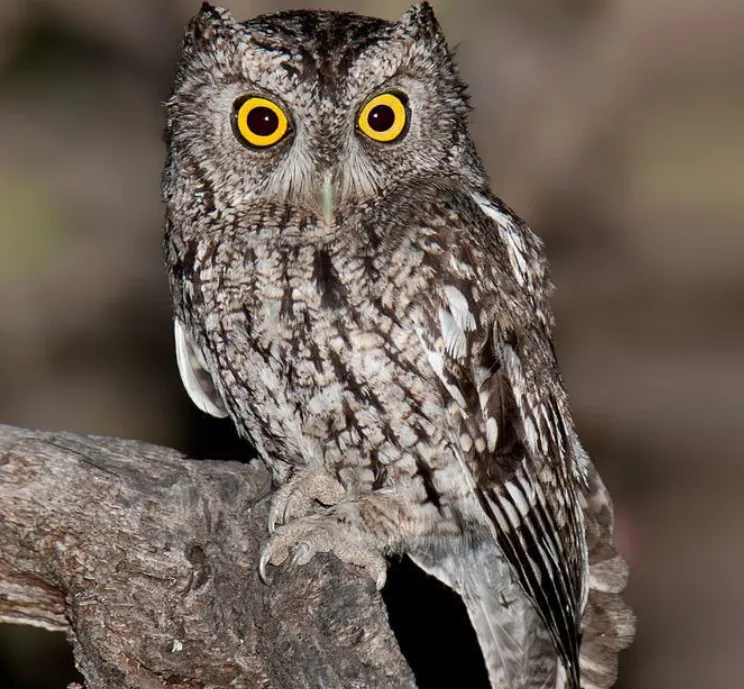
The Whiskered Screech-Owl is a medium-sized owl with brown and white markings on its body. It has a characteristic “whisker” stripe above each eye, hence its name. This owl is found in North America, Central America, and South America.
The Whiskered Screech-Owl is a nocturnal bird that feeds on small mammals, insects, and reptiles. It is usually found in wooded areas near water sources. This owl is known for its loud screeching call which can be heard up to a mile away.
If you’re lucky enough to spot a Whiskered Screech-Owl, you’ll be able to enjoy watching this beautiful bird in its natural habitat. These owls are fascinating creatures!

Short-eared Owls
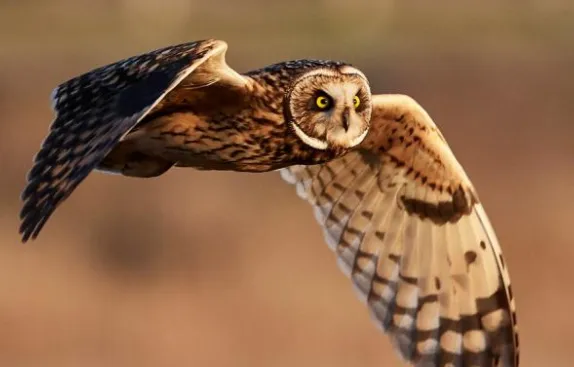
Short-eared Owls are medium-sized owls with long, thin wings and short tail. They have round heads and large eyes. Their feathers are brownish-gray with white spots on the tips of their wings.
Short-eared Owls hunt during the day and eat small mammals, birds, and insects. They live in open areas like fields and meadows. In New Mexico, they can be found in the eastern and northern parts of the state.
Short-eared Owls are active during the day, so you’re more likely to see them during daylight hours than other owls. If you’re lucky enough to spot one, you’ll probably hear them before you see them. Their call is a loud, high-pitched “hoot.”

American Barn Owl

The American Barn Owl is the most common owl in North America. They are easily identified by their white face and chest, long wings, and rusty-colored feathers on their back. These owls live in open areas such as fields, pastures, and open woodlands.
American Barn Owls are mostly nocturnal but can be seen hunting during the day. They hunt by flying low over the ground, using their sharp eyesight to spot prey. These owls eat small mammals such as mice, voles, and shrews.
American Barn Owls mate for life and typically have between two and six chicks at a time. The female owl does most of the incubating, while the male brings her food. Once the chicks hatch, both parents help to feed them.
Related post: Types of Owls in Kentucky

Burrowing Owls

Burrowing Owl Scientific Name: Athene cunicularia
Burrowing owls are small, long-legged owls that get their name form their habit of nesting and roosting in underground burrows. These owls are found in open habitats throughout North and South America, including the southwestern United States, where they are one of the few owl species that nests in holes in the ground.
Burrowing owls are relatively small owls, measuring about ten inches in length and weighing less than five ounces. They have long legs and short tails, and their plumage is brown or gray with white spots. These owls have large eyes and a round head, and they often perch on the ground rather than in trees.
Burrowing owls are diurnal, meaning they are active during the day. They hunt small mammals, reptiles, and insects, and they typically eat one or two prey items per day. Burrowing owls can be quite vocal, and they often give a high-pitched whistling call.
These owls are monogamous and mate for life. During the breeding season, the male burrowing owl will bring food to the female as she incubates their eggs. The female will usually lay between four and eight eggs, which hatch after about thirty days.

Boreal Owl
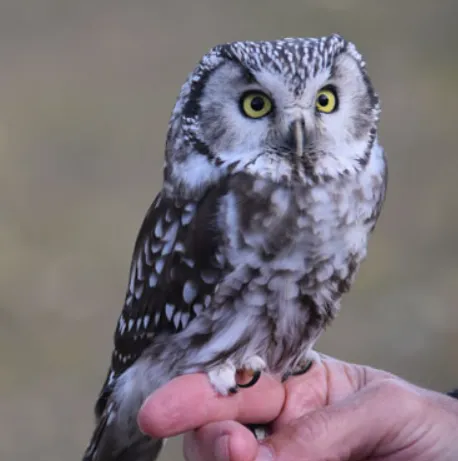
Boreal Owl Scientific Name: Aegolius funereus
The Boreal Owl is a medium-sized owl with striking yellow eyes. It has long, pointed ear tufts and a mottled brown plumage with white spots. This nocturnal hunter preys on small mammals, birds, and insects. It nests in tree cavities or old woodpecker holes and often uses the same nest site for many years.
The Boreal Owl is a fairly solitary bird, but during the breeding season, pairs will often roost together. In North America, this owl is found in the boreal forests of Canada and Alaska. It is also found in parts of the western United States, including New Mexico.
The Boreal Owl has a wide range of vocalizations, including a series of hoots that can be heard up to a mile away. It is one of the few owls that sing during the daytime. This owl is very territorial and will often attack other owls or birds that enter its territory. The Boreal Owl is listed as a species of Least Concern by the International Union for the Conservation of Nature. However, its population is declining due to habitat loss and fragmentation.
The Boreal Owl is a medium-sized owl with striking yellow eyes. It has long, pointed ear tufts and a mottled brown plumage with white spots. This nocturnal hunter preys on small mammals, birds, and insects. It nests in tree cavities or old woodpecker holes and often uses the same nest site for many years. The Boreal Owl is a fairly solitary bird, but during the breeding season, pairs will often roost together.

Mexican Spotted Owls

Mexican spotted owls are a subspecies of the North American spotted owl. They are found in the southwestern United States and northwestern Mexico. These owls have brown and white feathers with black spots. They have large eyes and heart-shaped faces. Mexican spotted owls are nocturnal animals that hunt at night. They eat small mammals, such as mice and rats. Mexican spotted owls live in forests with trees that are at least 100 years old.
The Mexican Spotted Owl is an important part of the ecosystem in the Southwest. These owls help to control the rodent population. They also provide food for other animals, such as coyotes and bobcats. Mexican Spotted Owls are a threatened species. This means that they are in danger of becoming extinct. There are many things that threaten these owls, including habitat loss and fragmentation. Mexico has created laws to help protect the Mexican Spotted Owl.
You can help to protect Mexican Spotted Owls by learning about them and their habitat. You can also support organizations that are working to protect these owls. Together, we can help to ensure that these amazing animals will be around for many years to come.
Mexican Spotted Owls are a subspecies of the North American spotted owl. They are found in the southwestern United States and northwestern Mexico.

Barn Owl
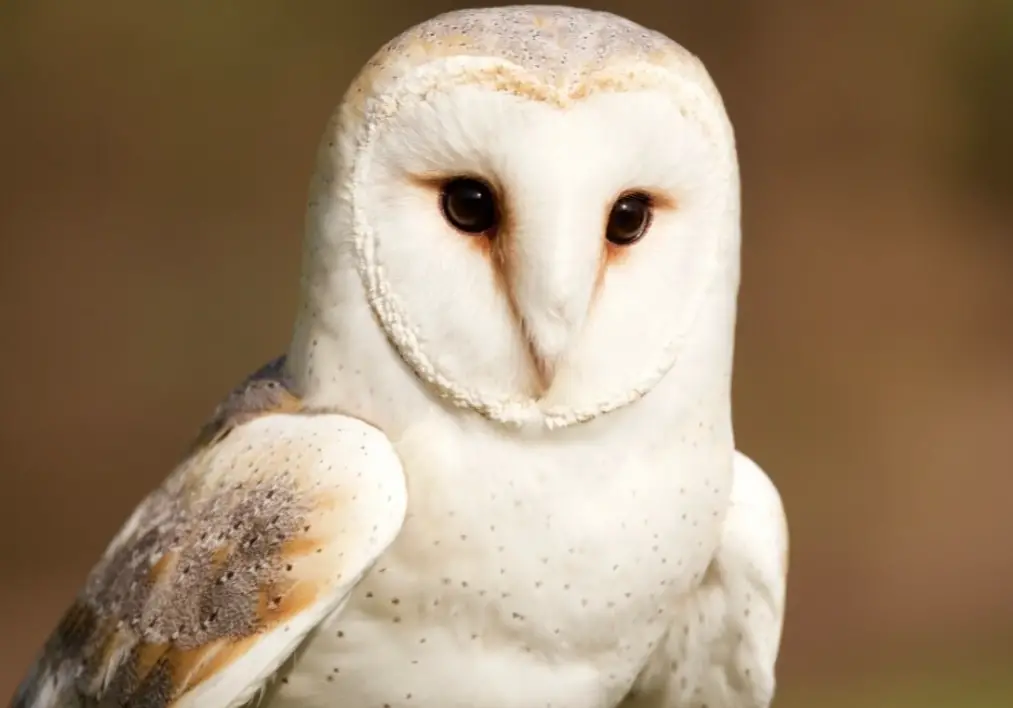
Barn Owl Scientific Name: Tyto alba
The Barn Owls are common owls in New Mexico. They are easily recognizable by their white face and chest, and brown bodies. They have a wingspan of about 43 inches and weigh around one pound.
Barn Owls are strictly nocturnal, meaning they only hunt and fly at night. They are efficient predators and can take down prey much larger than themselves. Their diet consists mostly of small mammals, such as mice and voles.
Barn Owls are monogamous, meaning they mate for life. The female will lay anywhere from two to eight eggs in a nest made of sticks, leaves, and grass. Once the chicks hatch, they will be cared for by both parents until they are able to fly and hunt on their own.
Barn Owls are considered a species of conservation concern, meaning they are at risk of becoming extinct in the wild. There are several factors that contribute to their decline, including loss of habitat and hunting.

Northern Pygmy Owl
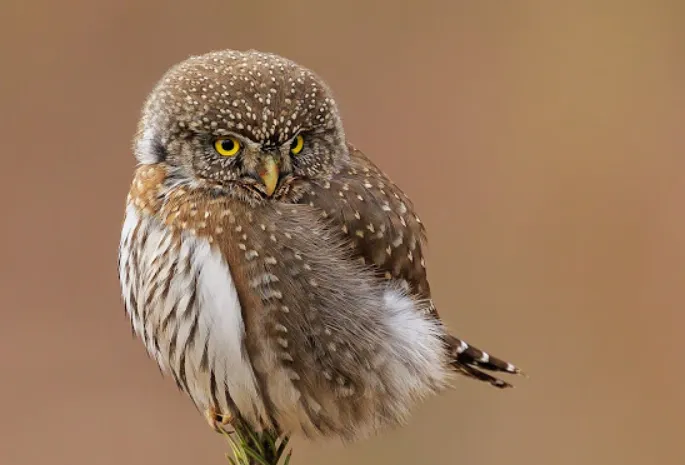
The Northern Pygmy Owl is a very small owl. Adults are only about seven inches tall and they have a wingspan of only sixteen inches. They are brown or gray with white spots on their feathers. They have yellow eyes and black beaks. Their diet consists mostly of small rodents like mice, but they will also eat birds, insects, and reptiles.
They are nocturnal animals and they live in forests or wooded areas. They make their nests in tree cavities or old hawk nests.
Northern Pygmy Owls are very secretive birds and are difficult to see in the wild. They are usually heard more than seen. Their call is a series of high-pitched whistles.
Northern Pygmy Owls are a common sight in New Mexico and can be found in most of the state’s forests and wooded areas. They are an interesting birds to watch and their small size makes them easy to spot.

Where can you see owls in New Mexico?
There are a few places in New Mexico where you can see owls. One place is the Bosque del Apache National Wildlife Refuge, which is located in Socorro County. The refuge is home to a variety of birds, including bald eagles, sandhill cranes, and trumpeter swans.
Are there owls in Santa Fe?
Yes, there are owls in Santa Fe! The Santa Fe National Forest is a great place to see them. The forest covers over one million acres and is home to a variety of animals, including elk, deer, and coyotes. There are also several other owl species that can be found in the Santa Fe National Forest.

An avid ornithologist, zoologist and biologist with an unwavering passion for birds and wild animals.
Dr. Wilson’s journey in ornithology began in childhood and led him to obtain a Ph.D. in Ornithology from the prestigious Avian Research Institute. He has worked closely with renowned experts in the field and conducted extensive research and field studies globally.

